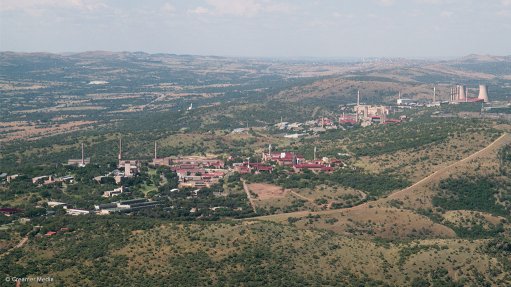
Photo by: Duane Daws
The South African Nuclear Energy Corporation’s (Necsa’s) subsidiary company NTP Radioisotopes has, in conjunction with the Steve Biko Academic Hospital/University of Pretoria and Germany’s ITG Isotopes Technologies Garching, undertaken a new anti-cancer procedure in a human being for the first time. The procedure was carried out by a team led by the hospital’s head of nuclear medicine, Professor Mike Sathekge, assisted by ITG’s Dr Sebastian Marx and Dr Marian Meckel and NTP’s Dr Otto Knoesen.
The new procedure is an example of the theranostic approach, which combines radiopharmaceutical diagnosis and treatment, and is aimed at secondary cancers in the bone (or, more technically, “osseous metastases”), mainly derived from primary cancers in the breast or prostate. These bone cancers greatly reduce the quality of life for the patient, causing acute pain and even fracturing bones.
The diagnosis of the patient was conducted using positron emission tomography/computed tomography (better known as PET/CT) employing the positron-emitting radiopharmaceutical Gallium-68 Zoledronate. (A positron is the anti-matter equivalent of an electron; zoledronate is zometa zoldedronic acid, a compound used to slow down the destruction of bone by secondary bone cancers.) The treatment is then carried out using Lutetium-177 Zoledronate therapy, developed by ITG.
More precisely, the therapy employs Lutetium-177 (III)-labelled DOTA-Zoledronate. (Dota is also an acid.) The Lutetium-177 is no carrier added (nca: pure) and emits low energy Beta-particles, which are frequently employed in targetted radionuclide therapy. Currently, Lutetium-177 nca is imported into South Africa from ITG in Germany, but local production will soon start at NTP’s new production plant at the Necsa complex at Pelindaba, west of Pretoria.
The new procedure permits the development of individual patient-specific therapeutic doses – an example of personalised medicine. In a statement, NTP affirmed that “radiopharmaceuticals will continue to play a key and growing role in the assessment and therapy of numerous diseases”.